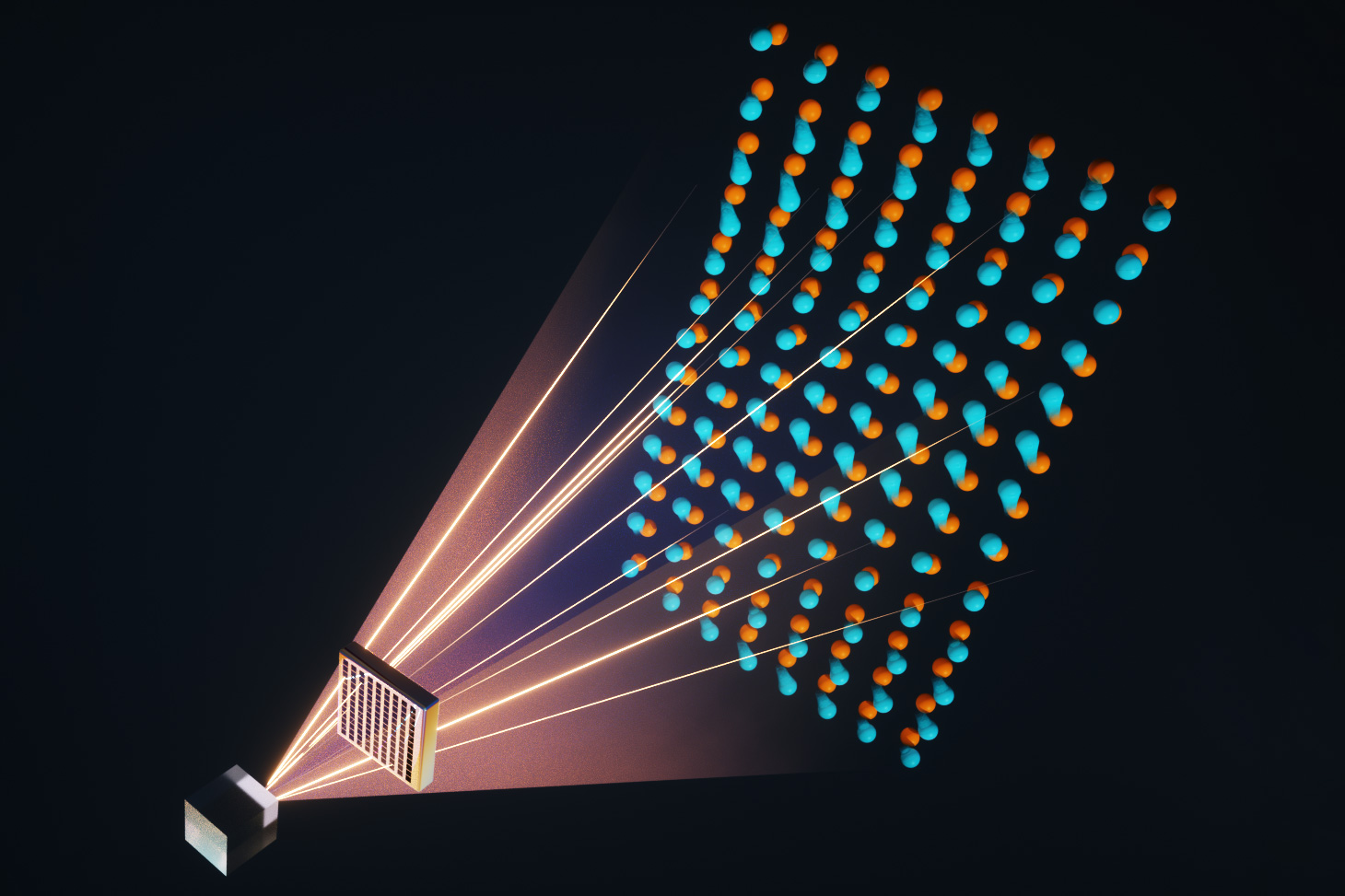Approximately 70% of global energy production is wasted as heat. If researchers were able to accurately predict the thermal conduction in semiconductors and insulators, the potential for designing highly efficient power generation systems would dramatically increase. Nevertheless, modeling the thermal characteristics of materials poses significant challenges.
At the heart of the difficulty are phonons—subatomic particles responsible for heat transport. The thermal properties of materials largely hinge on a complex metric known as phonon dispersion relations, which can be incredibly challenging to both calculate and apply in system design.
A collaboration of researchers from MIT and various institutions has confronted this issue head-on, developing a state-of-the-art machine-learning framework capable of predicting phonon dispersion relations up to 1,000 times faster than existing AI techniques, while achieving comparable or superior accuracy. When put against conventional, non-AI methods, this breakthrough can be up to an astonishing 1 million times faster.
This innovative approach could transform how engineers design energy generation systems, allowing them to produce more power efficiently. Additionally, it holds promise for enhancing microelectronics, where effective heat management continues to impede advancements in speed.
“Phonons are the primary culprits behind thermal loss, yet acquiring their properties is notoriously difficult, whether computationally or experimentally,” explains Mingda Li, an associate professor in nuclear science and engineering and a leading author of the paper detailing this technique.
Li’s research team includes co-lead authors Ryotaro Okabe, a graduate student in chemistry; Abhijatmedhi Chotrattanapituk, a graduate student in electrical engineering and computer science; Tommi Jaakkola, the Thomas Siebel Professor of Electrical Engineering and Computer Science at MIT, along with collaborators from MIT, Argonne National Laboratory, Harvard University, the University of South Carolina, Emory University, the University of California at Santa Barbara, and Oak Ridge National Laboratory. Their findings are published in Nature Computational Science.
The Challenge of Predicting Phonons
Predicting heat-conducting phonons is inherently complex due to their broad frequency spectrum and varying speeds of interaction and travel. The phonon dispersion relation defines the energy-momentum relationship of these particles within a material’s crystal lattice. Despite years of attempts to harness machine learning for these predictions, the numerous high-precision calculations often bog down the process.
“It could take 100 CPUs several weeks to calculate the phonon dispersion relation for a single material. The entire research community is seeking a more efficient method,” notes Okabe.
Typically, graph neural networks (GNNs) are employed for such calculations, transforming a material’s atomic structure into a crystal graph. This graph comprises nodes, symbolizing individual atoms, and edges that represent the bonds between them.
However, while GNNs excel in calculating various properties like magnetic or electrical characteristics, they fall short when faced with the high-dimensional challenge presented by phonon dispersion relations. Since phonons can navigate within dimensions of X, Y, and Z axes, modeling their momentum accurately with a fixed structural graph proves difficult.
To overcome this limitation, Li and his research group introduced the concept of virtual nodes.
They developed a virtual node graph neural network (VGNN), enhancing the fixed crystal structure with adaptable virtual nodes to represent phonons. This allows their neural network output to vary in size, circumventing constraints imposed by fixed structural graphs.
Virtual nodes are structured to only receive messages from valid atom nodes. Though they are updated in tandem with the real nodes during computation, they do not compromise the model’s accuracy.
“This method is incredibly efficient from a coding perspective. You simply add a few more nodes without needing to worry about their physical placement, and the real nodes remain oblivious to the existence of virtual nodes,” remarks Chotrattanapituk.
Simplifying Complexity
The incorporation of virtual nodes in the VGNN facilitates the omission of many intricate calculations needed for phonon dispersion relation estimations, making this approach more efficient than standard GNNs. The researchers devised three versions of VGNNs with escalating complexity, each capable of directly predicting phonon properties from a material’s atomic arrangement.
This flexibility opens doors to effectively model high-dimensional attributes, enabling the prediction of phonon dispersion relations in complex alloy systems—challenges that traditional methods struggle to address. Remarkably, VGNNs also demonstrate heightened accuracy in estimating a material’s heat capacity, with prediction errors in some cases reduced by two orders of magnitude over competing techniques.
A VGNN has the capability to calculate phonon dispersion relations for thousands of materials in mere seconds on a personal computer, dramatically increasing the scope for researchers to explore materials with desired thermal properties—think superior thermal storage, energy conversion efficiency, or even superconductivity.
Moreover, this virtual node methodology isn’t limited to phonons alone; it opens avenues for predicting other challenging properties, including optical and magnetic characteristics.
Looking ahead, the team aims to refine their technique further, enhancing virtual node responsiveness to discern subtle changes affecting phonon structures.
“Researchers have become too reliant on graph nodes for atomic representation; there is significant scope to rethink this model. Graph nodes can symbolize diverse elements, and virtual nodes represent a versatile approach to predicting numerous high-dimensional properties,” Li concludes.
“This novel technique enhances our understanding of solids by integrating crucial physics-informed elements via virtual nodes, allowing for efficient predictions of complex phonon properties, even outperforming the most advanced machine-learning interatomic models. There is tremendous potential to expand this model to encompass vital material characteristics, such as electronic, optical, and magnetic spectra,” adds Olivier Delaire, an associate professor in mechanical engineering and materials science at Duke University, who did not participate in this study.
This research receives backing from the U.S. Department of Energy, the National Science Foundation, a Mathworks Fellowship, a Sow-Hsin Chen Fellowship, the Harvard Quantum Initiative, and Oak Ridge National Laboratory.
Photo credit & article inspired by: Massachusetts Institute of Technology



